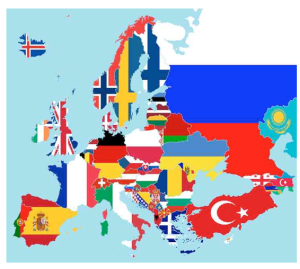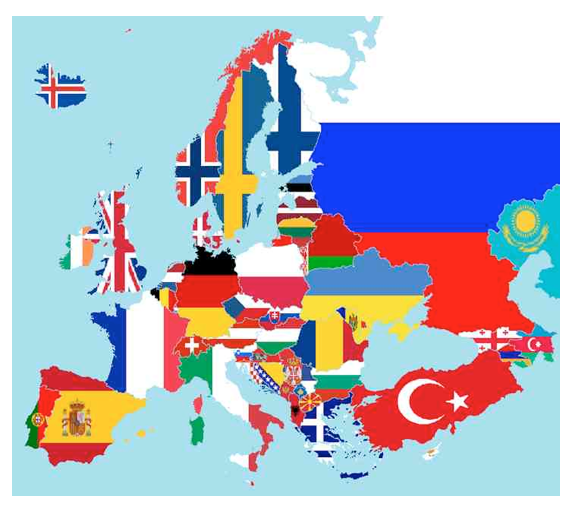 Today’s shale revolution goes well beyond an increased supply of energy at home.
Today’s shale revolution goes well beyond an increased supply of energy at home.
Granted, the energy changes taking place in the US have not necessarily been good news for the “petro-states.” Nations that rely on petroleum production to support their economies are never happy to see a dominant new player in the market. They can’t be happy to see their imports to the US dwindling, either.
“It’s already had an impact – not only in Europe, but globally,” says Kenneth Medlock III, Senior Director of the Center for Energy Studies at the James A. Baker III Institute for Public Policy. “The growth of shale production in the United States basically turned around vertically integrated projects being developed all the way back to the wellhead in places like Qatar, Angola, the Middle East, and Africa that were targeting offtake in the United States.”

